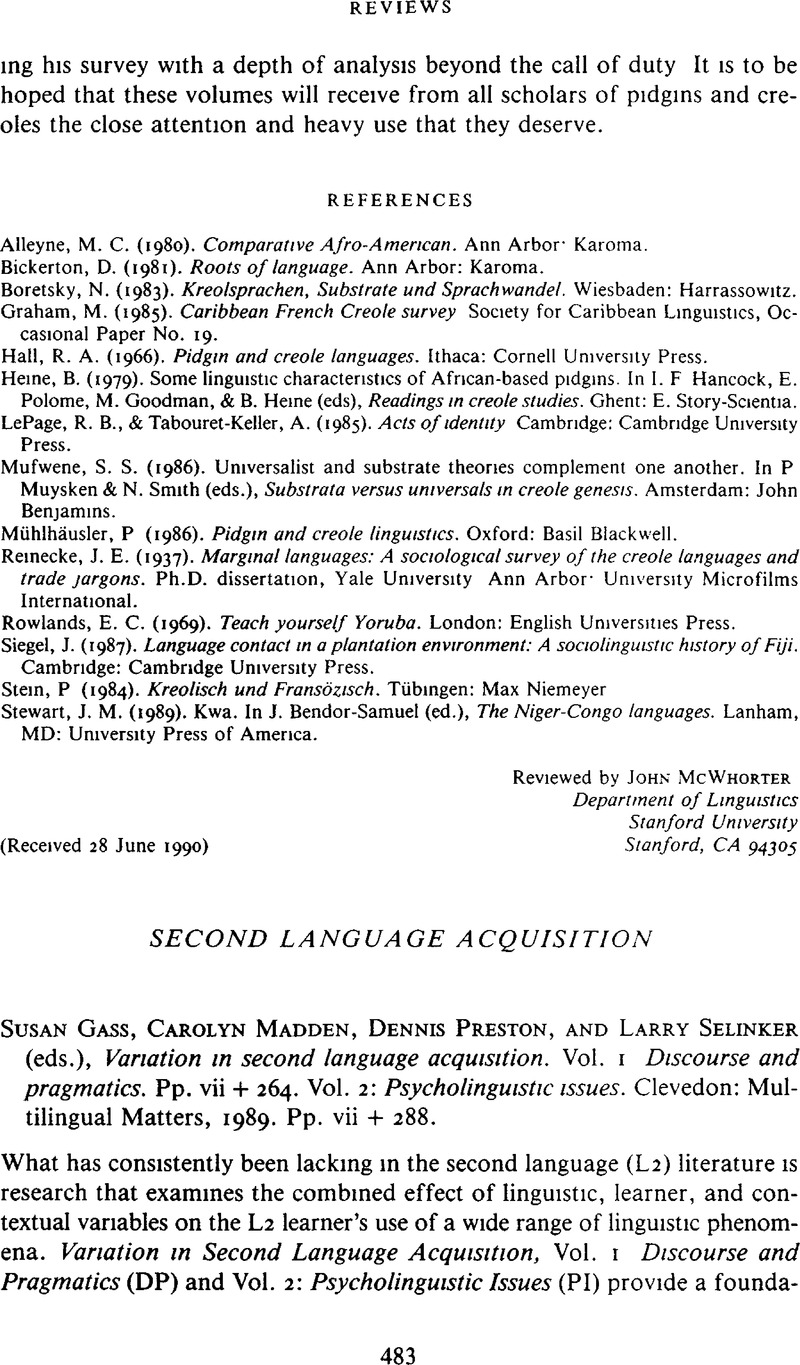Ogbu, J. U., &
Matute-Bianchi, M. E. (
1986). Understanding sociocultural factors: Knowledge, identity, and school adjustment. In
Beyond language: Social and cultural factors in schooling language minority students. Developed by the Bilingual Education Office, California State Department of Education.
Los Angeles:
Evaluation, Dissemination, and Assessment Center, California State University 73–
142.
Google Scholar 